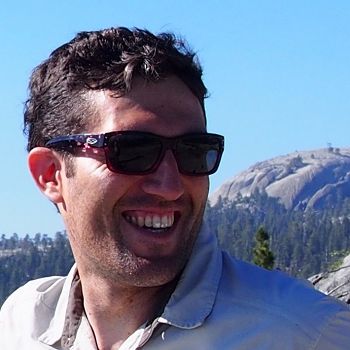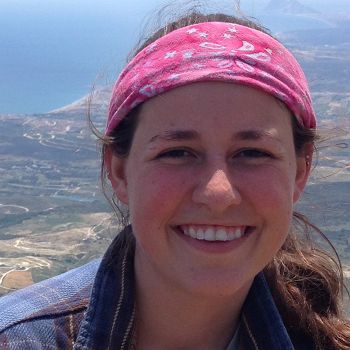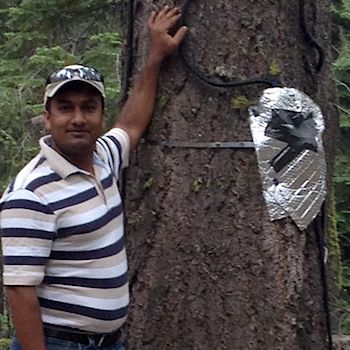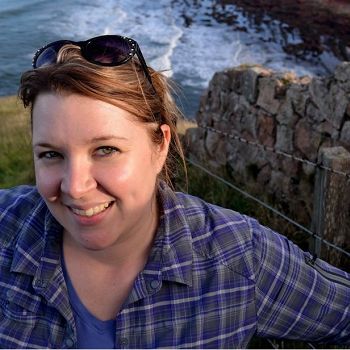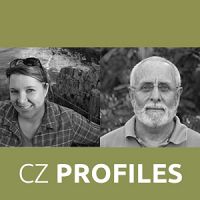Critical Zone Profiles - Meet the people doing CZO science (Southern Sierra CZO)
What kind of work do critical zone scientists do? Who are some of the scientists working at Critical Zone Observatories across the country? How does their work inform our understanding and management of critical zone resources, such as water, soil, and food?
These brief profiles feature just a few of the 250+ senior scientists, university faculty, postdoctoral researchers, and graduate students who work at the nine CZO sites currently funded by the National Science Foundation. CZO people are cross-disciplinary scientists who have expertise in fields including hydrology, geochemistry, geomorphology, ecology, biology, and climatology. More profiles will be added over time, as new scientists join the CZO teams.
The profiles provide a non-technical introduction to the work CZO people do. Each scientist was asked to respond to the following questions:
1. What is the goal of your work?
2. How is your work relevant to the science community and to the larger human communities in which we live?
3. Why is studying the critical zone important?
4. How has the CZO network been valuable to you in your work?
5. How can the CZOs help improve our understanding and management of natural resources?
Profiles: Grad Students | Early Career | Boulder | Calhoun | Catalina-Jemez | Eel | IML | Luquillo | Reynolds | Shale Hills | Southern Sierra | and more profiles coming
SOUTHERN SIERRA CZO
CARLOS OROZA (systems engineer, PhD student)
Carlos Oroza designs and deploys wireless sensor networks to monitor real-time changes in the water supply. At the Southern Sierra CZO, Oroza – along with CZO staff and other researchers – maintains a 23-node wireless sensor network that provides spatially-distributed measurements of snow, soil moisture, solar radiation, temperature, and relative humidity. Data from the sensors is transferred through a wireless network and uplinked to provide researchers with real-time information. Visit Carlos's profile >
LINDSAY ARVIN (geomorphologist, PhD student)
Working at the Southern Sierra CZO, Lindsay Arvin will look at the processes within the critical zone that govern where vegetation grows, what kind of vegetation can grow, and the impacts that this vegetation has on erosion – both chemical and physical – of the Sierras. Studying links between bedrock, vegetation, and erosion, Arvin hopes to interpret the intricate role that bedrock has on shaping the Earth. Visit Lindsay's profile >
MELISSA THAW (mountain hydrologist, PhD student)
Melissa Thaw will use isotopes as tracers to track water through the mountain system. These tracers will also allow Thaw to understand where trees get their water during drought conditions. By combining ground-based data with remote sensing techniques, Thaw will study the movement of water seasonally and across the landscape. Visit Melissa's profile >
MOHAMMAD SAFEEQ (hydrologist, assistant research scientist)
Mohammad Safeeq is a research hydrologist working in the Kings River Experimental Watershed and Southern Sierra CZO, located in California's Southern Sierra Nevada Mountains. The hydrology of the Sierra Nevada Mountains is critical to sustaining California’s water supply. Climate change and forest disturbances pose a threat to the availability and quality of water for domestic use, forests, agriculture, and ecosystems in the state. Visit Mohammad's profile >
JORDEN HAYES (geophysicist, Assistant Professor)
Jorden looks at near-surface processes, including chemical and physical weathering and landscape evolution. The goal of her work is to characterize the structure of the deep critical zone at the landscape scale to better understand the processes that drive variations in that structure. Visit Jorden's profile >
Explore Further

